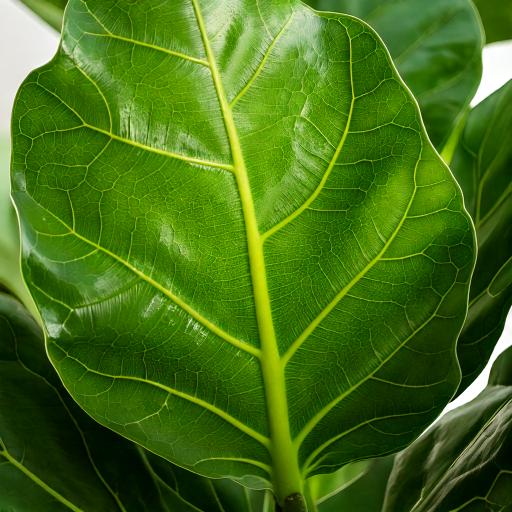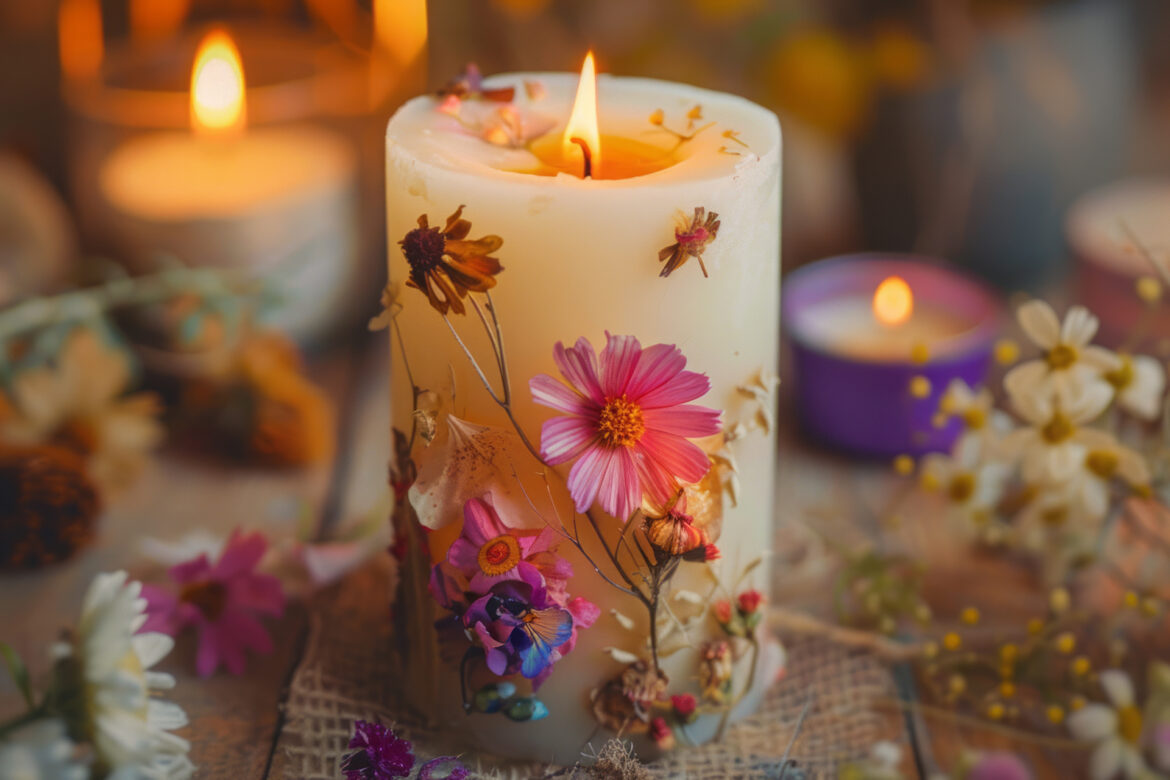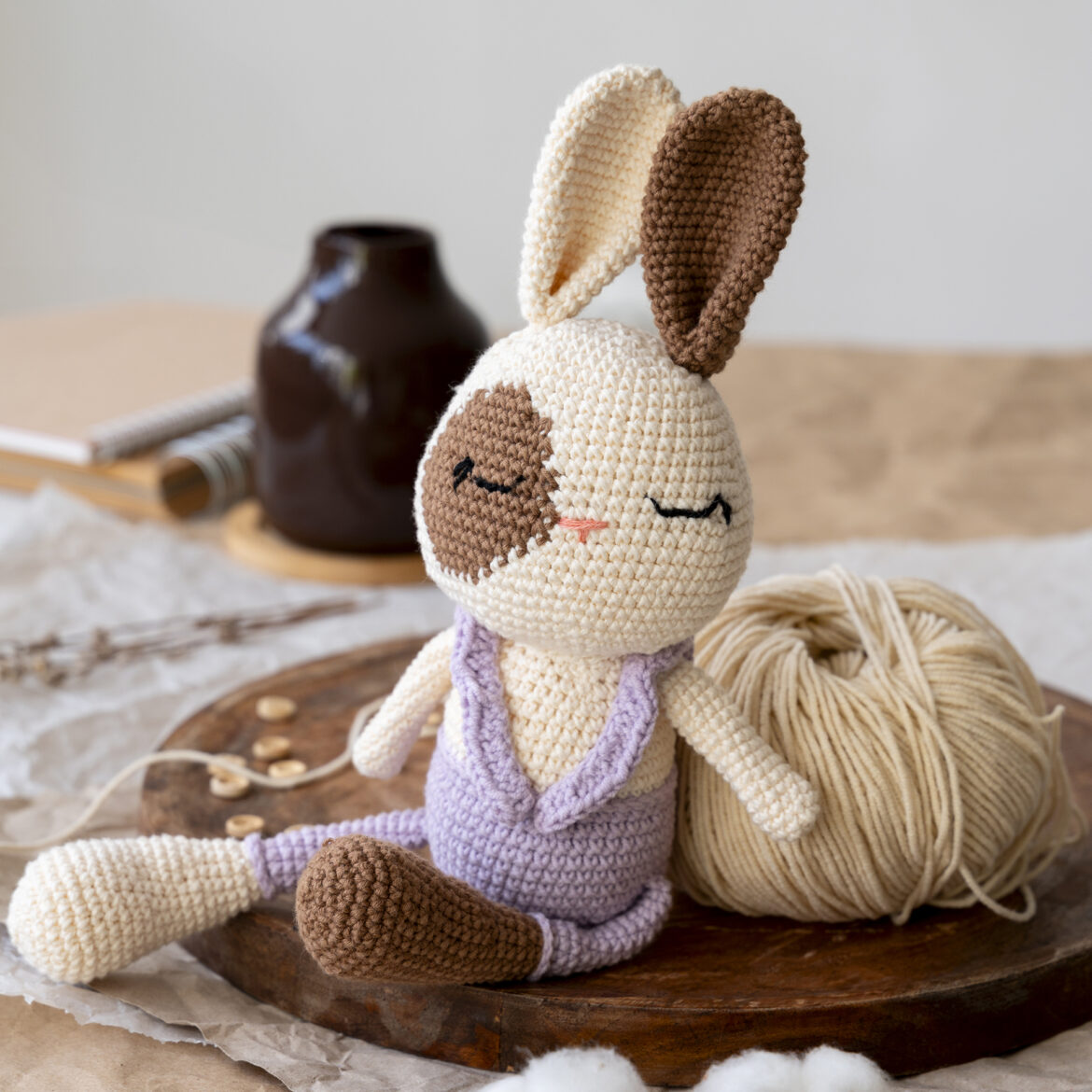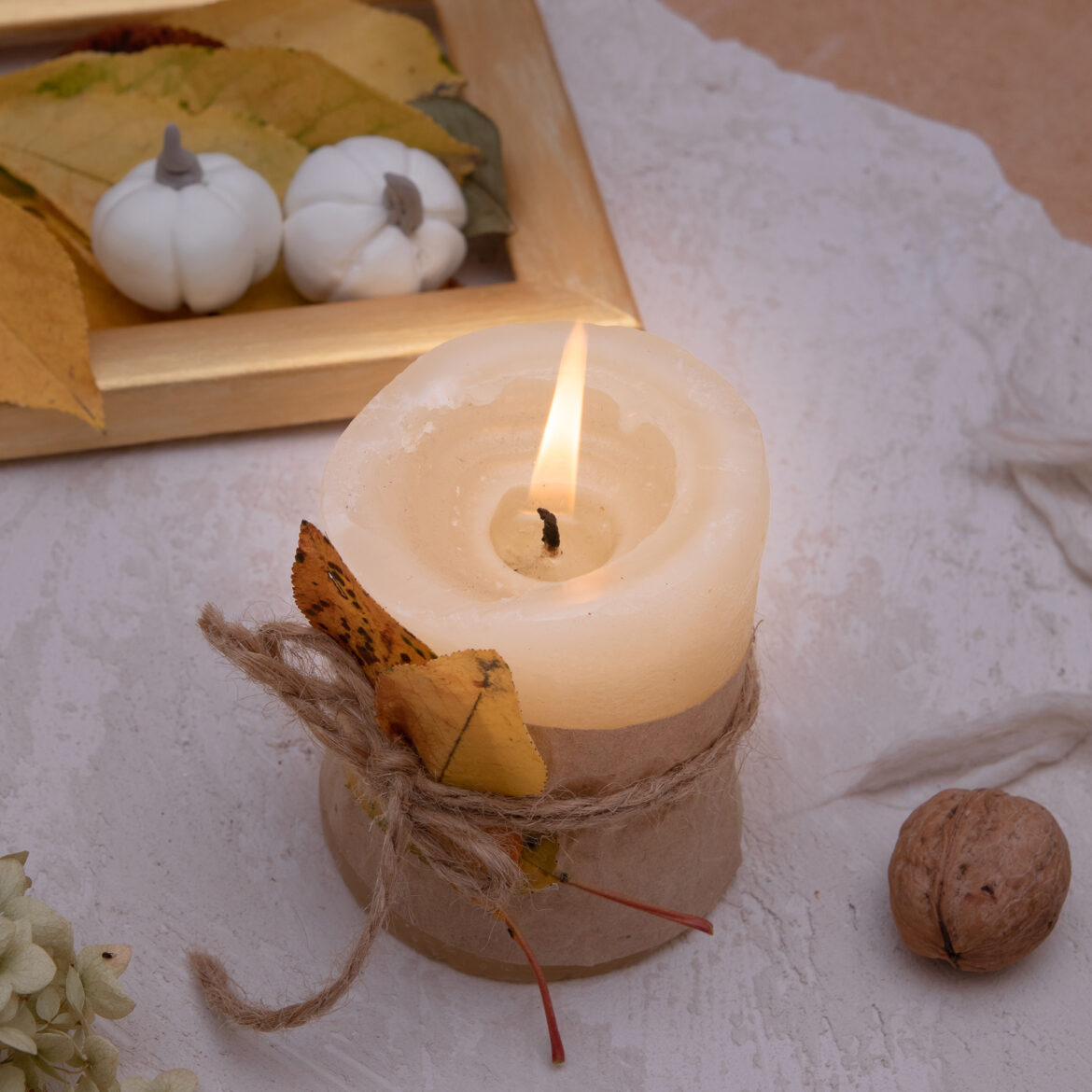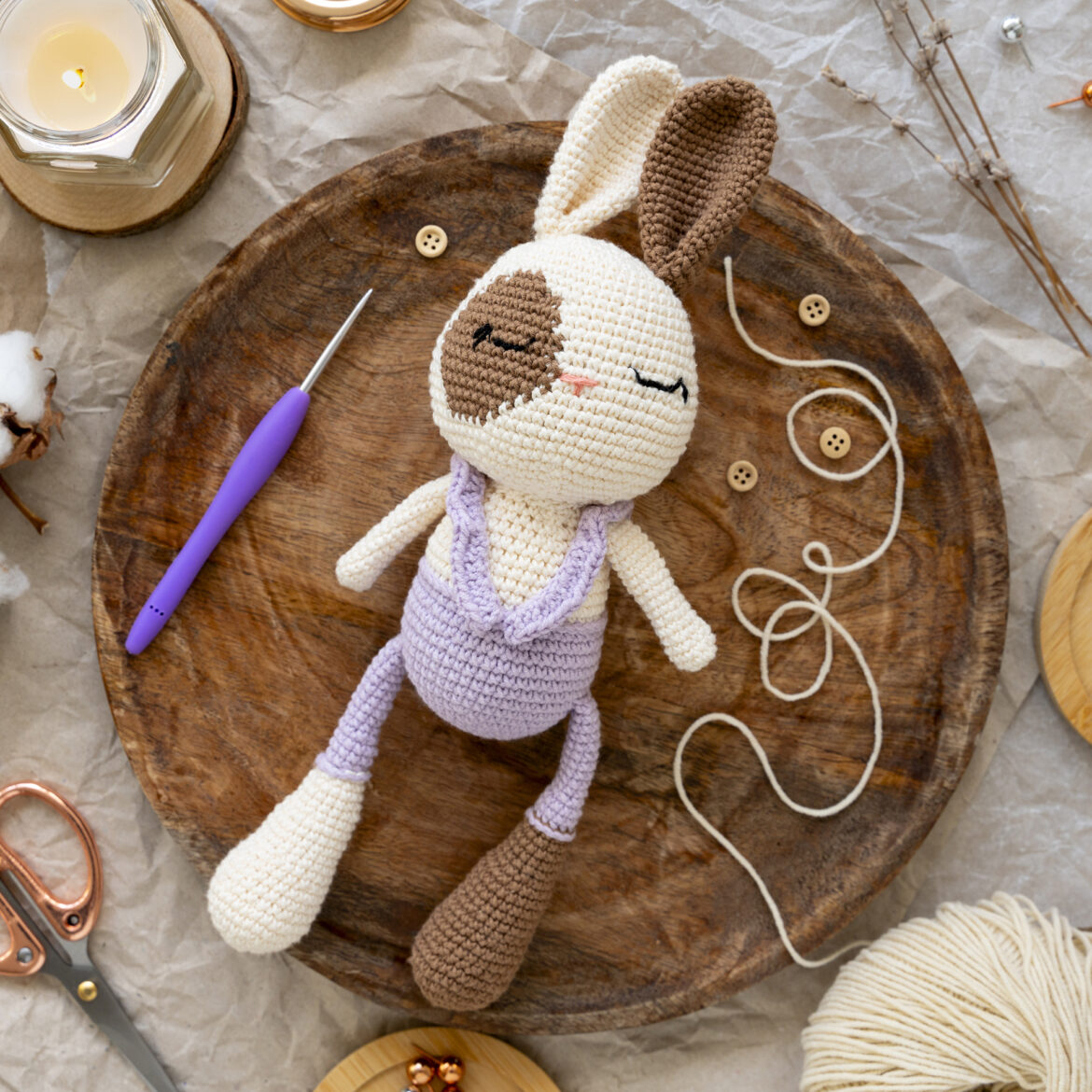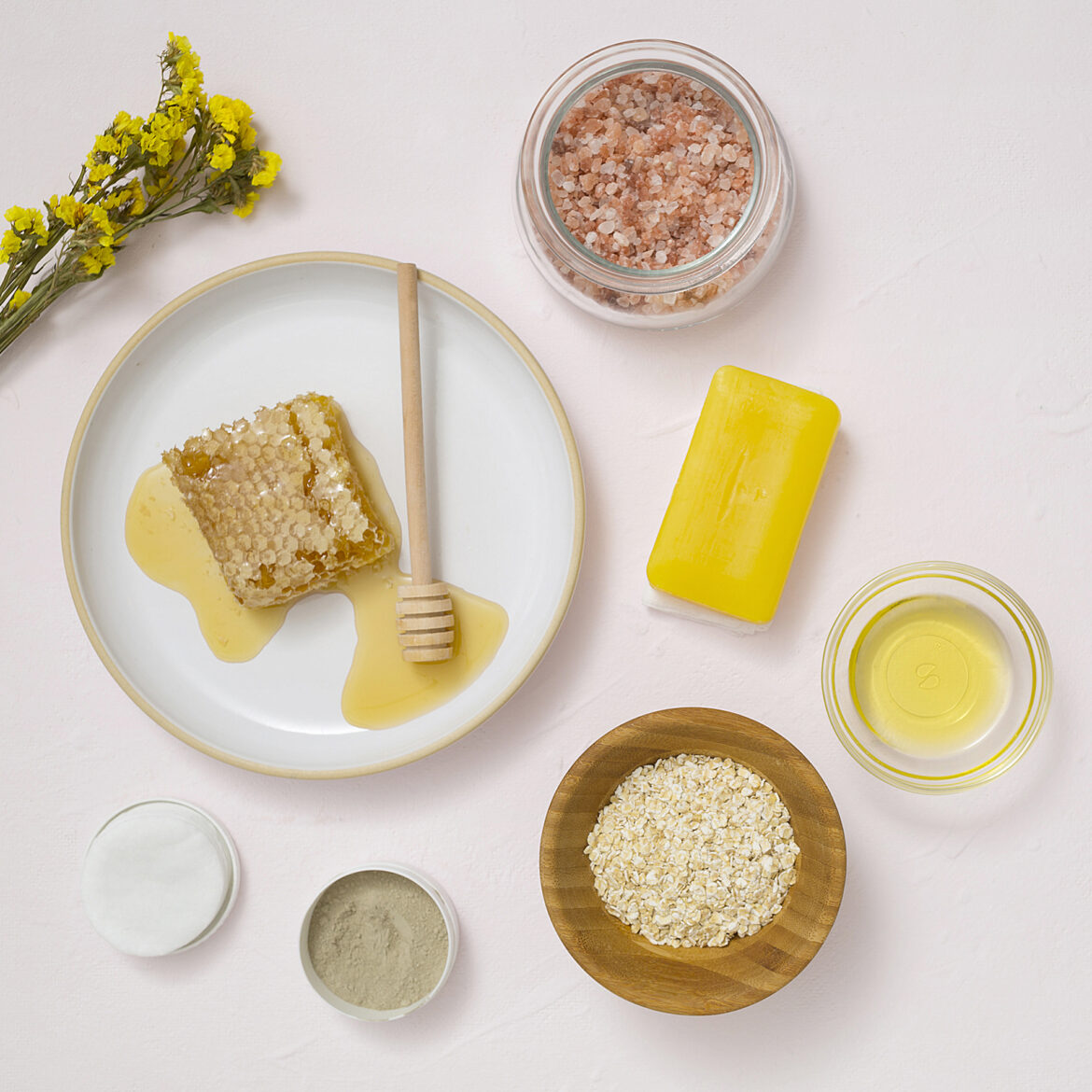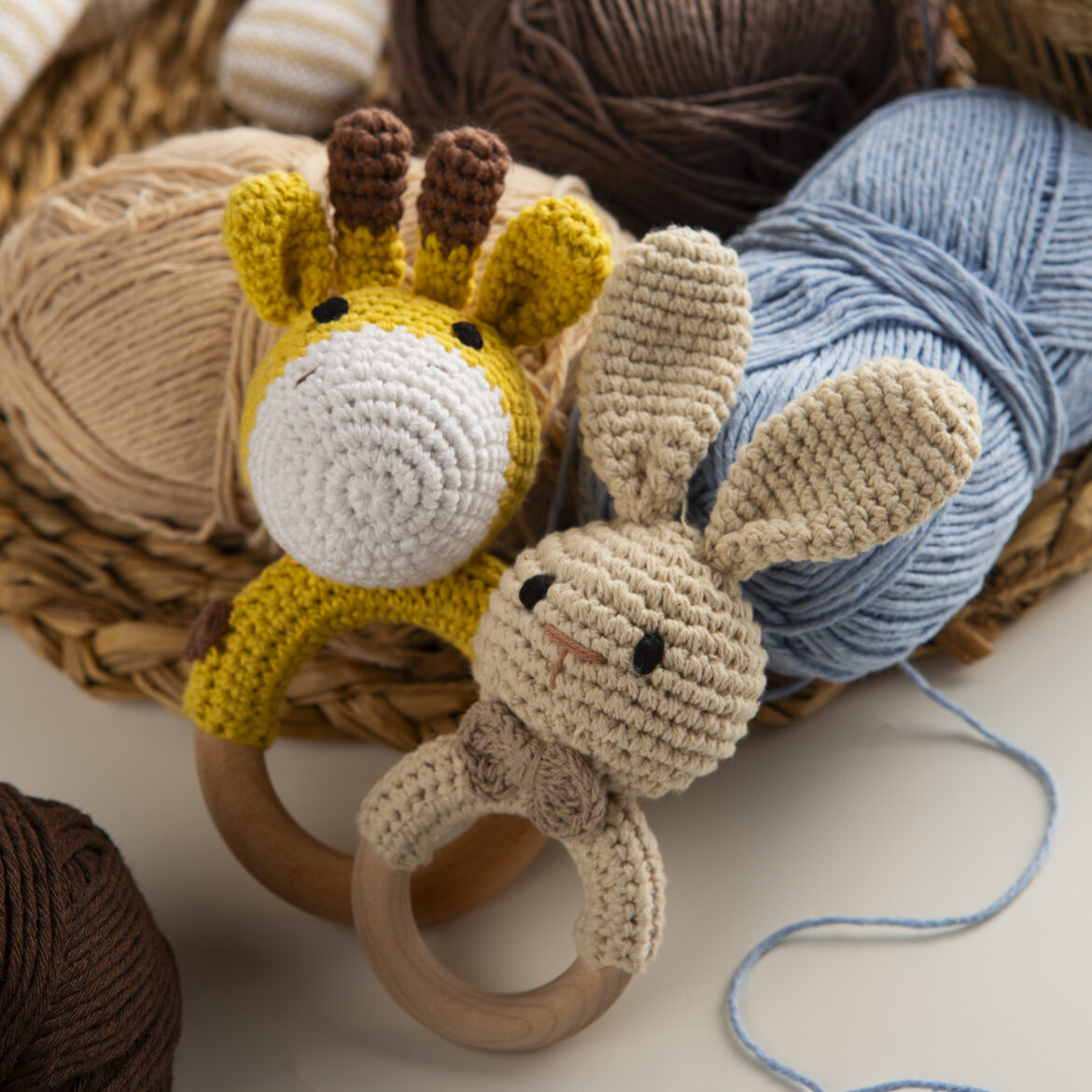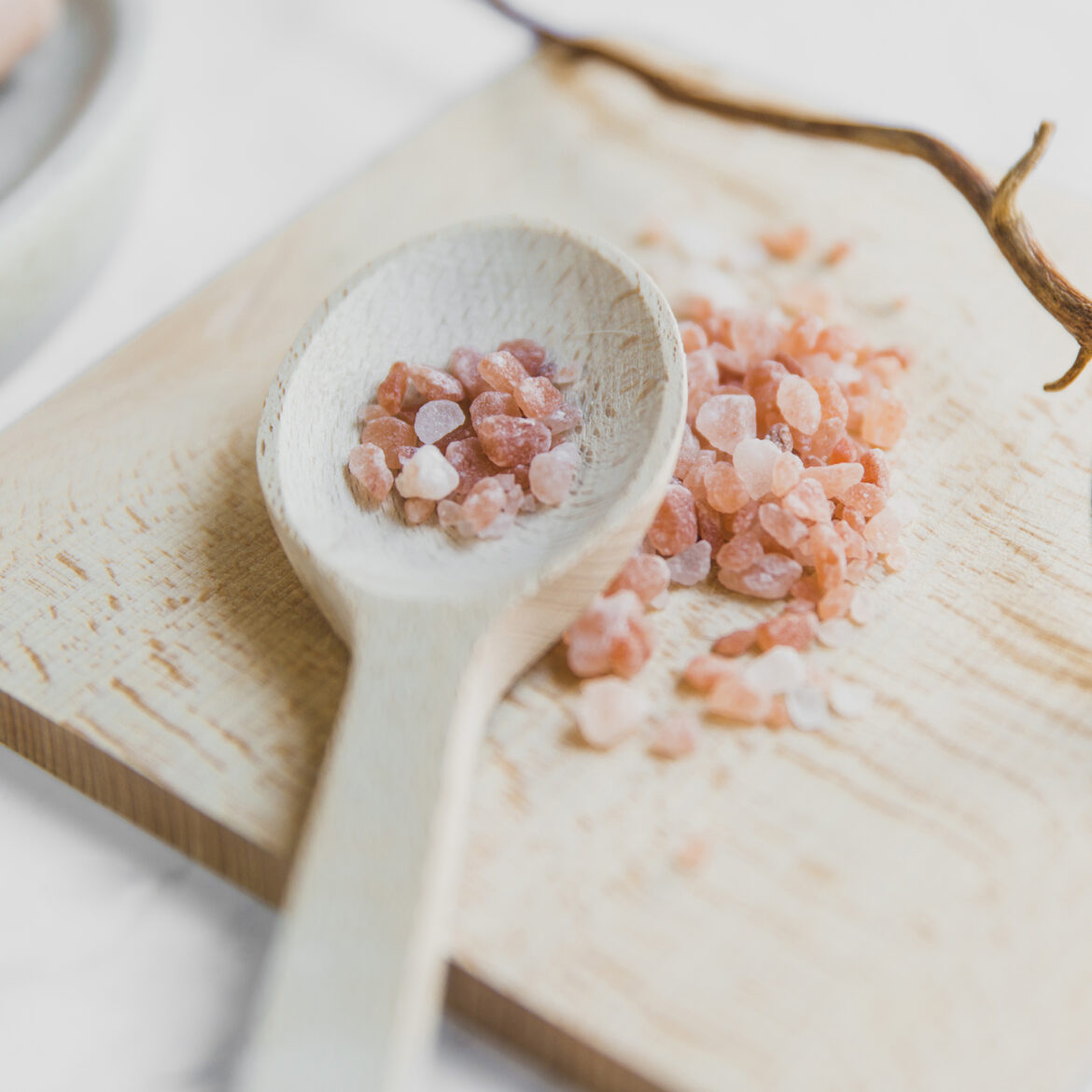5 Essential Plant Care Tips for Thriving Indoor Plants
Indoor plants bring life, vibrancy, and a touch of nature to your living space. However, proper plant caring is crucial to ensure your greenery remains healthy and thriving. Whether you’re an experienced plant parent or new to the world of houseplants, these essential tips will help you master the art of plant caring and create a lush indoor sanctuary.
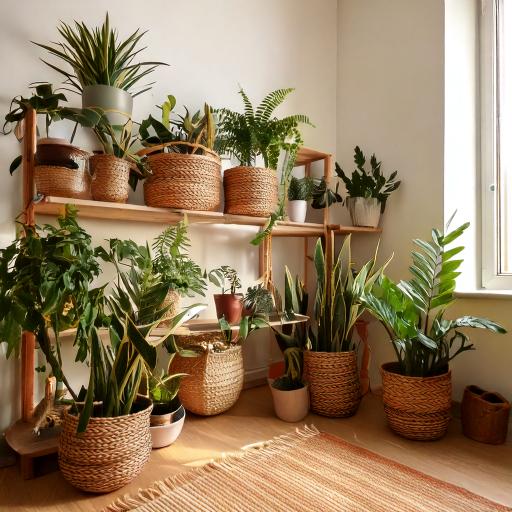
1. Choose the Right Plants for Your Environment
Effective plant caring begins with choosing plants that suit your space. Assess your home’s light levels, humidity, and temperature.
- For low-light areas, opt for resilient options like snake plants, pothos, or ZZ plants.
- If your home has bright, sunny spots, succulents, cacti, or fiddle-leaf figs will thrive.
Matching the right plant to your environment reduces stress on the plant and makes it easier to care for.
2. Master the Art of Watering
One of the key aspects of plant caring is watering correctly. Overwatering is a common mistake that leads to root rot.
- Check soil moisture by inserting your finger about an inch deep. If the soil feels dry, it’s time to water.
- Always use pots with drainage holes to allow excess water to escape.
- Water less frequently during colder months when most plants enter dormancy.
3. Boost Humidity Levels
Many houseplants, especially tropical varieties, thrive in humid conditions. Proper humidity is a vital part of plant caring:
- Mist your plants regularly, especially ferns, peace lilies, and calatheas.
- Group plants together to create a microclimate of higher humidity.
- Use a humidifier in drier climates or during winter when indoor heating lowers humidity levels.
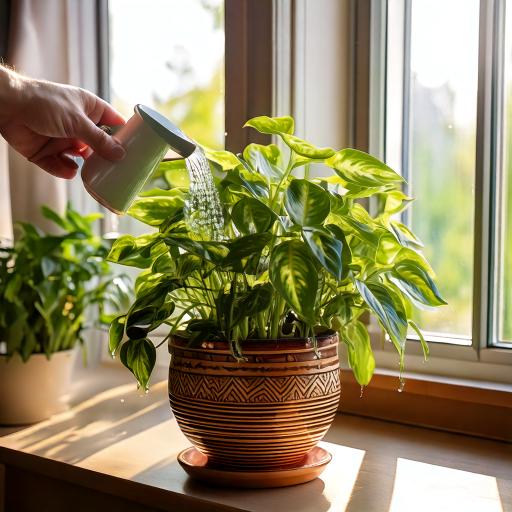
4. Feed Your Plants the Right Nutrients
Healthy growth requires proper nourishment, making feeding an essential element of plant caring:
- Apply a balanced liquid fertilizer every 4-6 weeks during the growing season (spring and summer).
- Reduce feeding in fall and winter, as plants naturally slow their growth.
- Always follow the recommended dosage to avoid over-fertilizing, which can harm your plants.
5. Keep Up with Regular Maintenance
Routine care is integral to successful plant caring:
- Prune yellow or dead leaves to encourage fresh growth.
- Dust the leaves with a damp cloth to ensure they can efficiently absorb sunlight.
- Repot plants every 1-2 years to provide them with fresh soil and space for root expansion.
Bonus Tip: Pay Attention to Your Plants’ Signals
Plants communicate through visual cues, and attentive plant caring involves observing these signs.
- Drooping leaves might indicate underwatering or overwatering.
- Yellowing foliage can suggest nutrient deficiencies or excessive moisture.
- Stunted growth could mean your plant needs more light or repotting.
Responding promptly to these signals will ensure your plants remain healthy and happy.
Proper plant caring not only enhances your indoor plants’ beauty but also boosts your sense of well-being by fostering a connection with nature. By following these tips, you’ll cultivate a thriving indoor garden that transforms your home into a lush, green haven.


